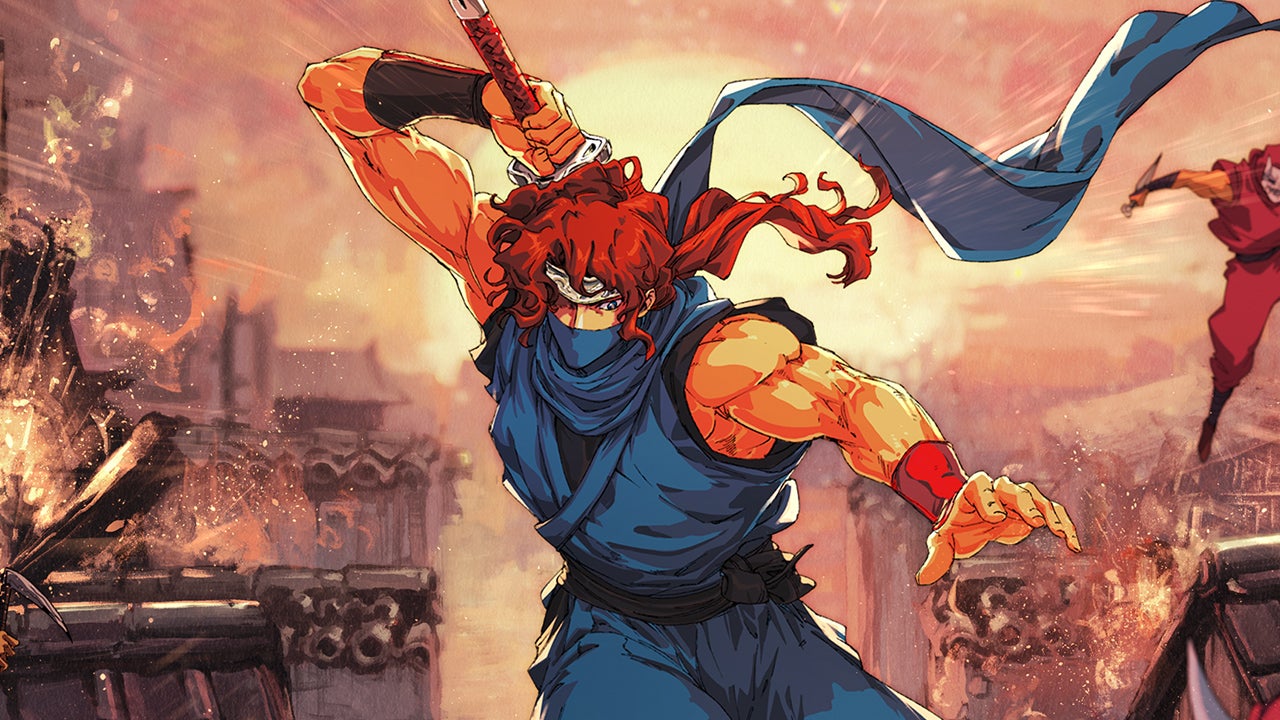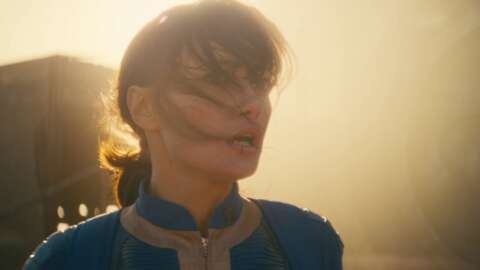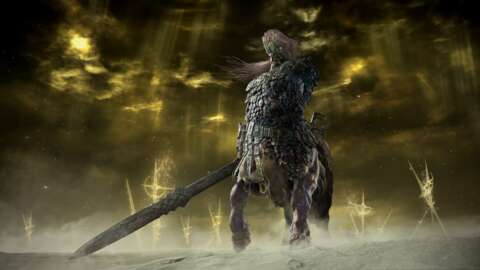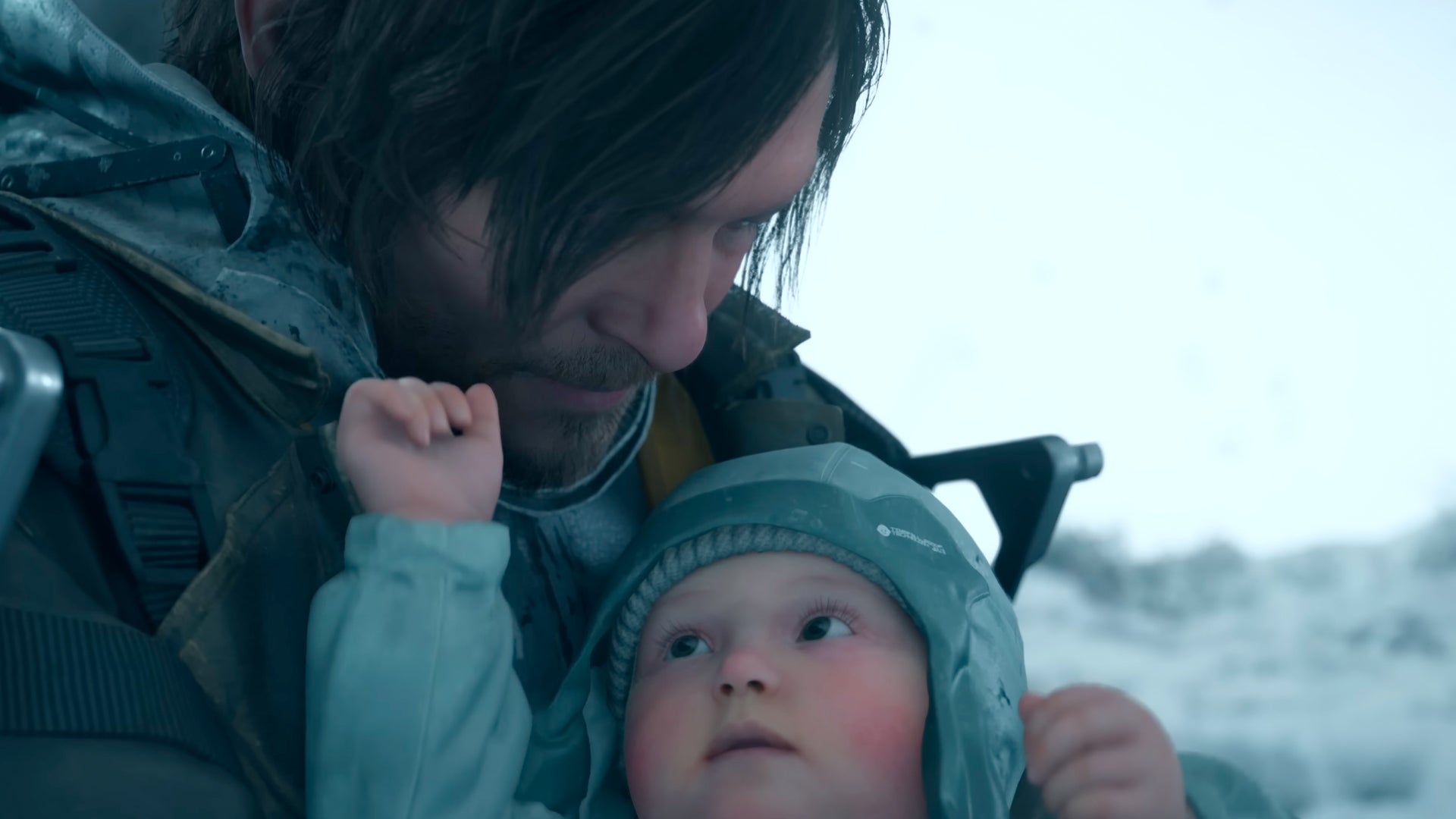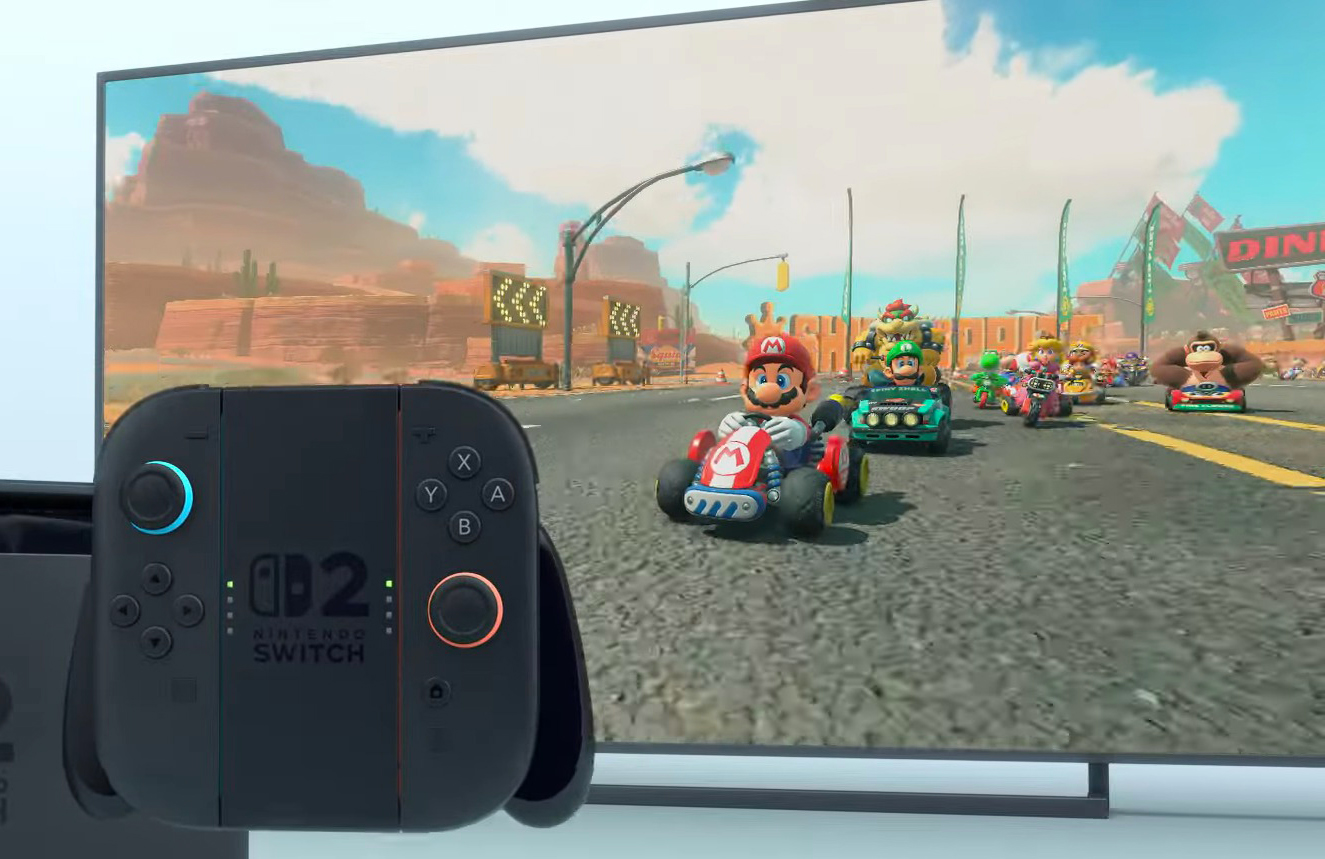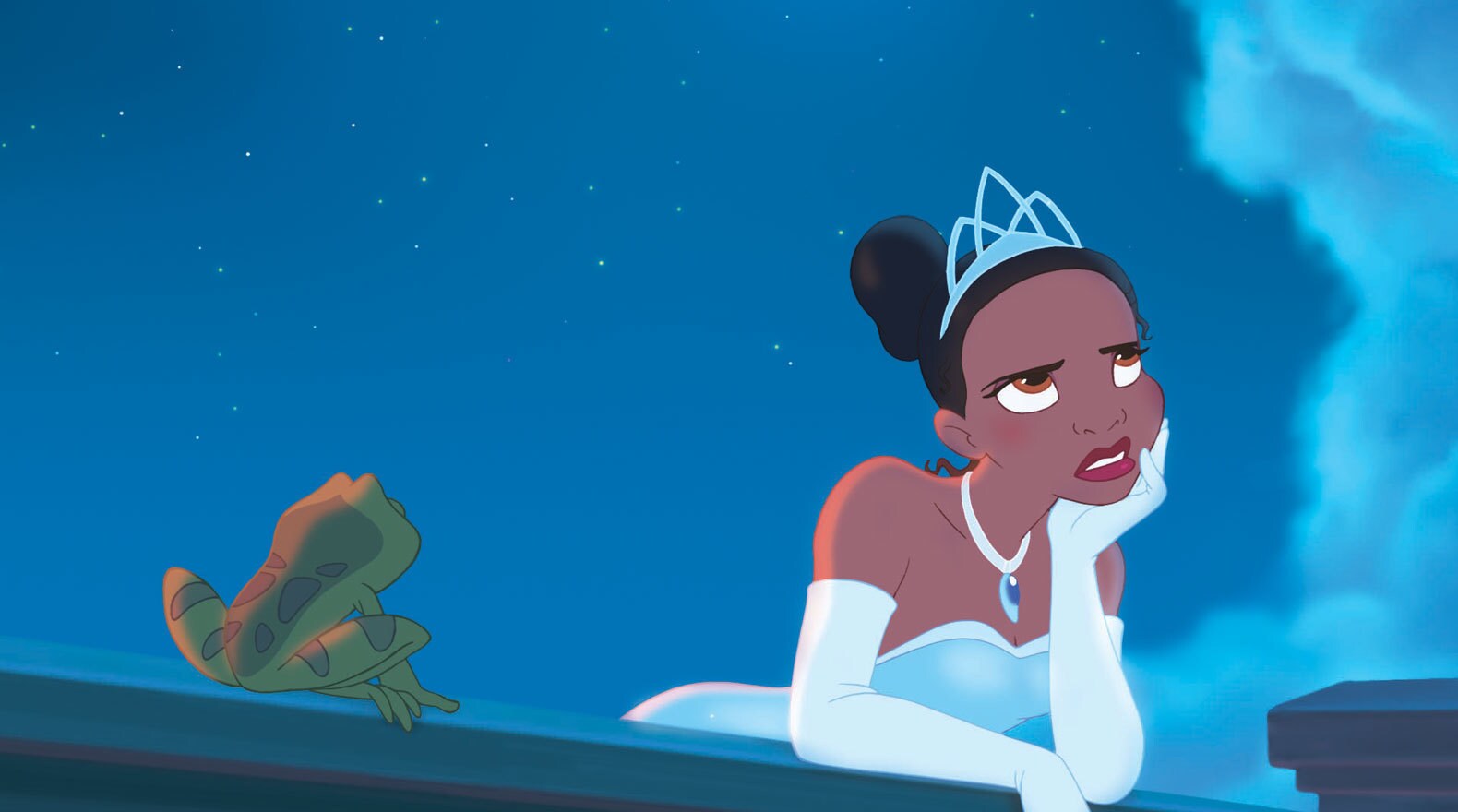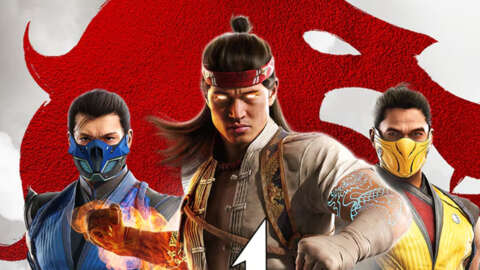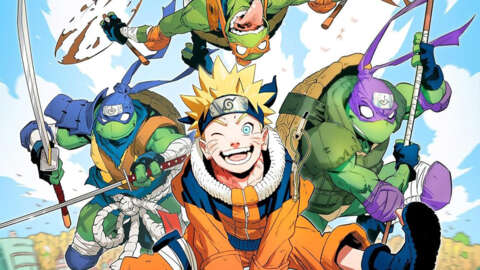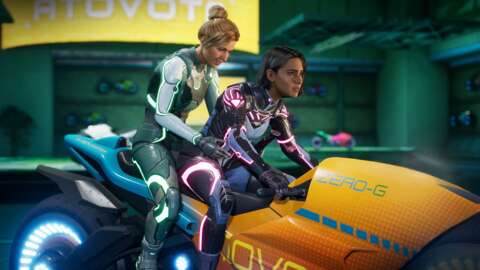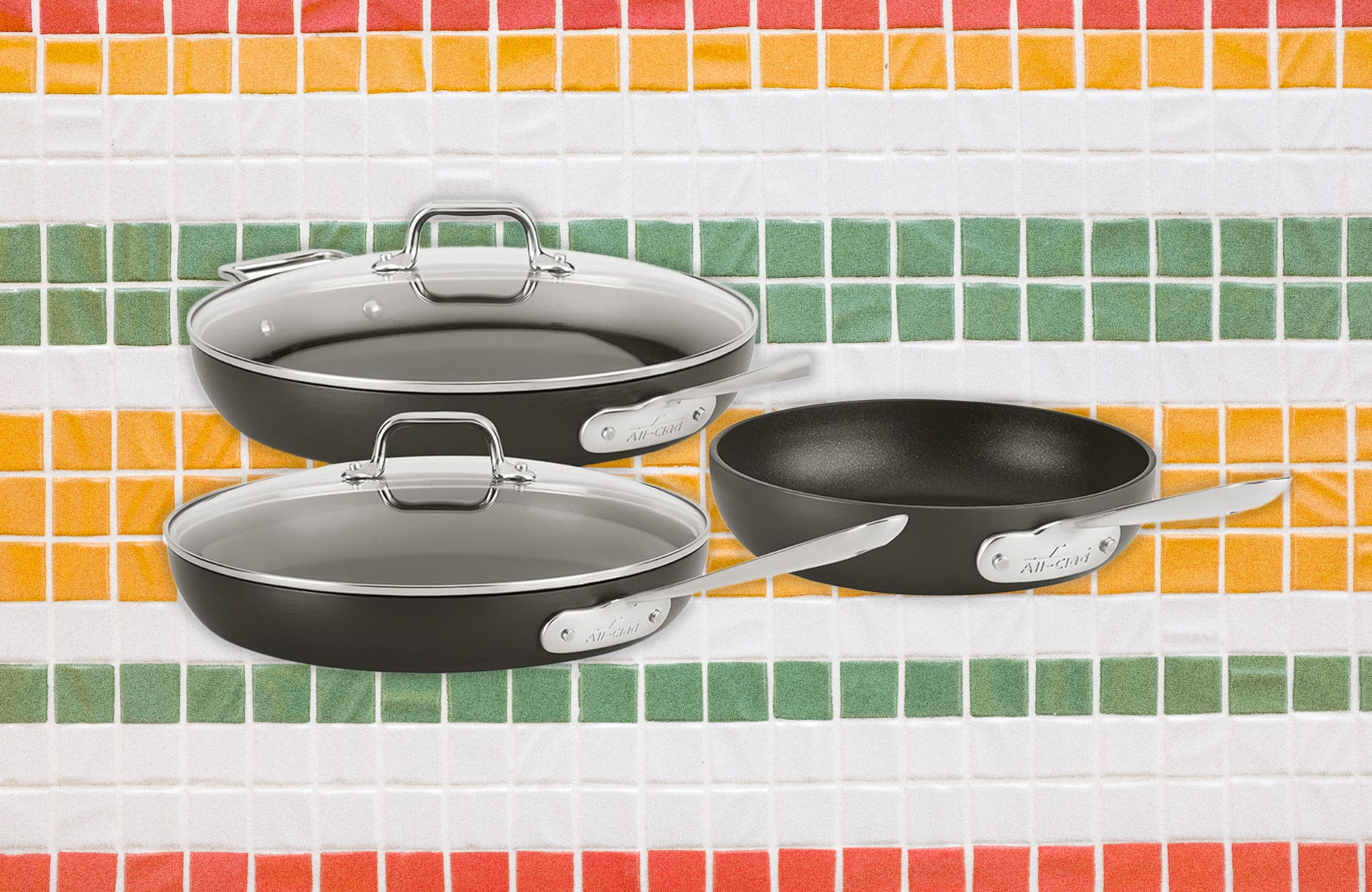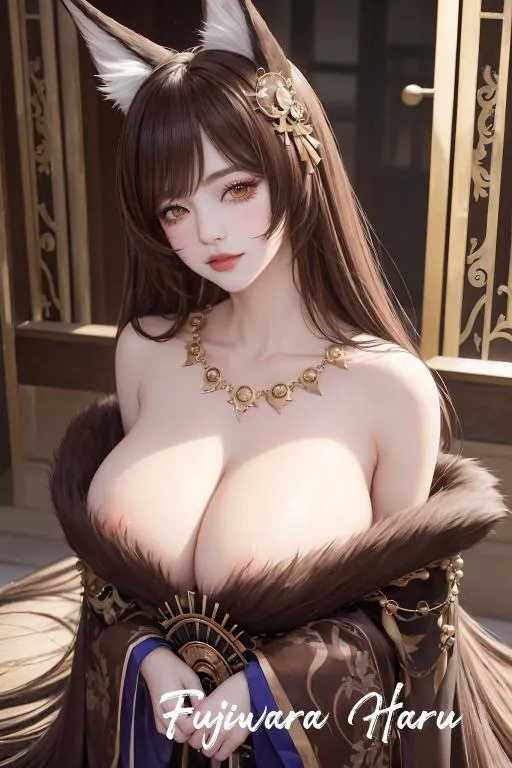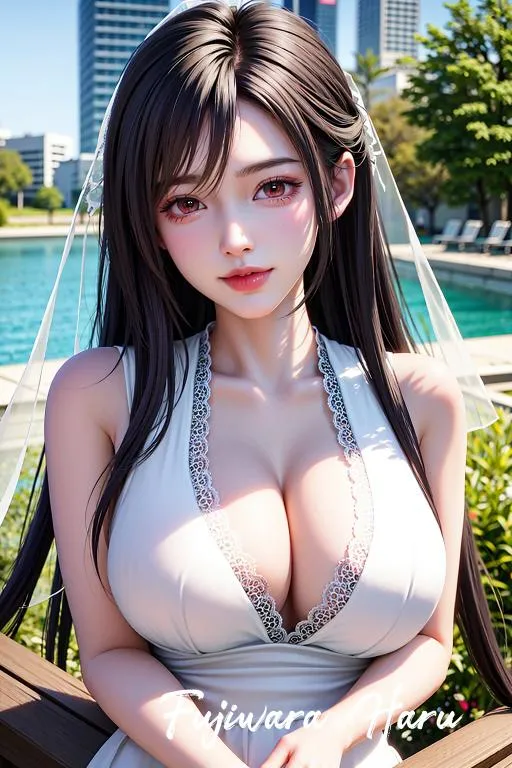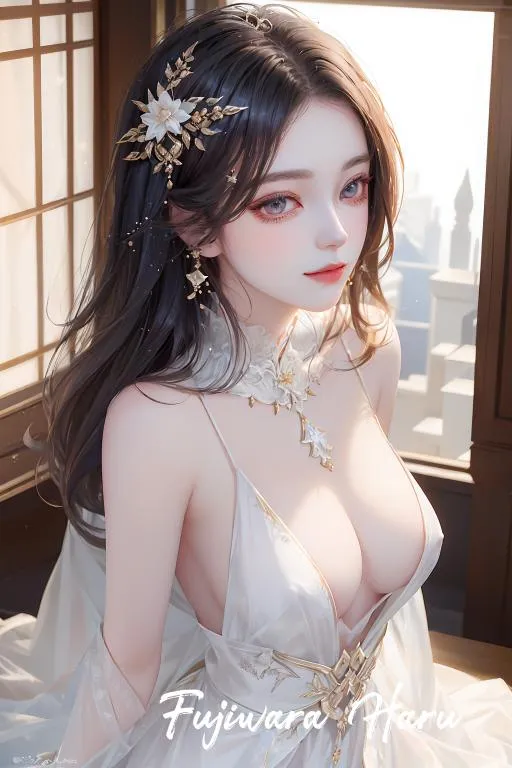
It’s been a hot second since we got a proper Ninja Gaiden game. Sure, there have been other spin-offs and ports and remakes (this year’s excellent Ninja Gaiden II Black comes to mind), but Ninja Gaiden is kinda having a moment again with both Ninja Gaiden: Ragebound and the upcoming Ninja Gaiden 4. Taking such a long break leads to a very interesting question: what does a Ninja Gaiden game look like in the Year of Our Lord 2025? Well, if Ragebound’s return to 2D side-scrolling is any indication, the answer is “f***ing awesome.” It’s one of those rare games where everything just feels right and when I'm not playing it, I want to be.
Ragebound puts you behind the cowl of Kenji Mozu, a young student of legendary series protagonist and all-around badass Ryu Hayabusa. When Ryu is called away to America (to go do Ninja Gaiden) on the NES, Kenji finds himself defending Hayabusa Village against an onslaught of demons. Meanwhile, the naughty Black Spider Clan (who also happen to be Hatfield and McCoy-style enemies with the Hayabusa Clan) are trying to use those demons to gain power and have enlisted their kunoichi Kumori to capture the Demon Lord in a fancy dagger so they can wield him like so much fine steel. Neither goes well, and soon the two of them are forced to work together, hitching Kumori's soul to Kenji's body so they can both survive because… y’know, demons, man. And fiends! Times are bad!
Ragebound isn’t a story-heavy game. This is Ninja Gaiden; the plot is inherently goofy. But what’s here is enough to give you a reason to slay demons, and Kenji and Kumori’s relationship is pretty fun on top of that, whether that’s Kumori roasting Kenji for being into pirates or Kenji talking about how dishonorable it is to be working with a Black Spider Clan ninja. There’s generations of bad blood between the Hayabusa and Black Spider Clans, and putting these two characters together is an interesting way to play with that. Also, Kumori says “good grief” a lot. Love her.
Ragebound’s action is defined by stunning 2D pixel art and a rockin’ retro-inspired soundtrack. Kenji and Kumori don’t have a ton of moves at their disposal, but what they’ve got is more than enough to kill demons and look cool as hell doing it. Kenji has your traditional katana, Kumori has a kunai, and both ninjas share a dodge and a lunging attack, but combining their abilities makes things more fun. Kumori gives Kenji access to her kunai and special weapons like an arcing, throwable sickle or a chakram that boomerangs through enemies before flying back to you and cleaving through anything unlucky enough to still be in your way. These abilities take ki, which replenishes as you hit enemies with regular attacks, so you can't just throw them out. Picking your spots is key.
The real upgrade here is Ragebound Arts, which are stupidly powerful techniques that Kumori can use to clear the screen, restore Kenji’s health, or create a shield that will keep him safe from enemy attacks. Believe me, these moves are absolutely as cool as they sound.You’ll need all of those options, too. Most enemies in Ragebound satisfyingly die from a single stroke of Kenji’s sword or a kunai to the face (or the chest or the shin or anywhere, really), but it often throws a lot of dudes at you at once. Some are fast; some like to hide; some fly; some have spikes that shield them when you get close; and so on. And some… some take multiple hits. And that’s where Ragebound’s best (and most important) mechanics come into play.
The first is the Hypercharge. You can get Hypercharge by killing enemies with colored auras (or by standing still and charging it for a few seconds at the cost of some health). When you have a Hypercharge, your next attack will kill enemies instantly. Like I said, most of Ragebound’s baddies die a single hit. But the ones that don’t? You don’t wanna fight them head-on unless you have to. When you’re really cooking, you can chain these together to cut down enemies in rapid succession, or unleash a Hypercharge on a boss to stun them and lay on the hurt, and it feels great.
It’s a good system on its own, but Ragebound makes it more compelling by adding a Simon Says element to Hypercharges, forcing you to match particular attacks to certain aura colors. For example, a blue aura means you gotta slice ‘em up with Kenji’s katana, while a purple aura means you need to use Kumori’s kunai. Once you get that Hypercharge, you can spend it however you want; but asking you to match the aura to the proper attack adds a layer of thought and challenge to the proceedings that requires you to smartly approach encounters if you want to maximize those Hypercharges. That’s especially true if you’re trying to axe an aura-upped enemy whose only on-screen for a couple seconds – miss your window, and they’ll run off, providing opportunities for skilled players to push their scores even higher when revisiting levels.
If the Hypercharge has one downside, it’s that seeing an enemy with an aura tends to telegraph what’s coming: a Beefy Enemy is probably on the horizon. When you run into a Brick Steakface-looking cat who can take multiple hits but haven’t found a smaller enemy with an aura yet, one will generally run on screen all but holding a flashing neon sign that reads “PLEASE KILL ME” shortly after. I don’t think this is a huge flaw; the encounters are generally engaging even when you know the answer. Besides, you still have to use the Hypercharge on the right enemy, and it’s easy to make a mistake or just miss the attack. Trust me, there is nothing worse than getting a Hypercharge, knowing you need it for an annoying ghost samurai dude, and then accidentally spending it on… a little hermit crab demon thing, who would die on the spot if Kumori glared at him. Still, it's a little bit on-the-nose when you see an enemy with an aura and your first thought is, “alright, who do I gotta kill with this?”
So yeah, Hypercharges are neat, but the real star of the show is the Guillotine Boost, which lets you bounce on it – and by “it,” I mean just about anything. Once you’re in the air, you can jump again when you’re about to make contact with an enemy (or a projectile) to both attack them and bounce off of them for another jump. An enemy jumping at you? Bounce on it. A weird pumpkin-headed dude throwing axes at you? Bounce on ‘em. A boss charging across the screen at you? Bounce on his head. Fireballs everywhere? Bounce on them, my child. You can see how this is a boon for combat, but it’s also great for getting to new places, too. Sometimes, you’ll need to bounce on a projectile to avoid some spikes, and other times you’ll get to the next level by bouncing up a staircase of enemies placed there solely for that purpose. The Guillotine Boost rules, and the difference between a boss fight where you’re getting absolutely rolled and one where the boss simply cannot touch you is mastering it.
Speaking of bosses, this wouldn’t be Ninja Gaiden without ‘em, and the ones in Ragebound feel right at home in the series’ storied canon of Greater Fiends and Otherwise Nasty Nemeses. They are all killer fights, and hard enough to test your knowledge of Ragebound’s systems, your ability to react on the fly, and your decision-making in just the right way. I don’t think there are really any bad fights in Ragebound. Whether you’re fighting the Rhyvashi, the lightning-wielding bug demon, or the absurdly powerful Deikrag, these fights are fun. A few of them do repeat themselves (though they change a little each time), but when they’re this good, I don’t even mind. Besides, Ninja Gaiden has always been about the runback. I could fight Volf, Invincible Ruler of Storms in Ninja Gaiden II Black forever, and I feel the same way about many of Ragebound’s bosses. And when you take down that dude who’s been smoking you? Man, that high is incredible.
But Ragebound isn’t all about combat. The platforming feels just as good, and the levels are different enough that exploring them and finding their secrets, whether that’s collectibles like Golden Scarabs or Crystal Skulls, is a joy. Some of my favorite parts of Ragebound involve the Demon Alters; Kumori can commune with them to access the otherworld, separating her soul from Kenji's body and allowing her to go places he can’t, still able to throw kunai as you open new paths or snag collectibles. The downside? She needs to constantly replenish a meter to stay in the otherworld. Otherwise, it’s back to Kenji, and you have to start again. That means you’ll sometimes need to repeat a section a few times, but it still breaks up the action nicely and gives you an interesting new challenge to conquer
Besides, Ninja Gaiden: Ragebound wants you to play each level over and over again anyway. Once you’ve beaten one, you can immediately access it again from the map, and you’re scored on your time, how many collectibles you found, the number of enemies cut down by your blade, and your best combo each time. And if that’s not enough, there are optional challenges that range from completing a stage without being hit to level-specific tasks like killing a certain number of enemies with a lunge attack or beating Ryu Hayabusa himself in the tutorial. I still haven’t managed to do that one. He has Izuna Dropped my ass a lot. But it’s a damn cool way to lose. There are a lot of little touches in Ragebound that call back to the series’ history, including one that references the legendary staircase in Ninja Gaiden II, and I appreciate that much of it doesn’t draw attention to itself. If you know, you know. If not, it’s just a cool moment that can stand on its own.
If you find yourself getting cooked by people who can’t perform an Izuna Drop, there are some ways to buff your ninja game. You can spend the Golden Scarabs you find at Muramasa’s shop to unlock and equip various talismans, like one that restores your health if you can keep a combo chain going or another that grants an automatic Hypercharge if you bounce on several different enemies in a row. Those are meaningful boosts, but you can choose talismans that make things more challenging, too, doing things like forcing you to restart the level if you die in exchange for a higher final score. It’s a cool method for adding difficulty, and I appreciate that it’s there if you want it. If you’re a pure score chaser, these’ll become a must later in your journey.
There are also optional levels for an additional challenge, as well as a hard mode, which you unlock once you clear the roughly five-hour main path (when I rolled credits, my playtime was nine hours, but I had also replayed several levels and a few of the bonus levels). Finishing both missions and scoring well on certain levels rewards you with more equipable bonuses you can’t otherwise purchase with Golden Scarabs, so also there’s a benefit to chasing a higher score beyond just being able to say you did it. I mean, being a Master Ninja is great and all, but being a Master Ninja and getting a cool trinket? That’s rad.
